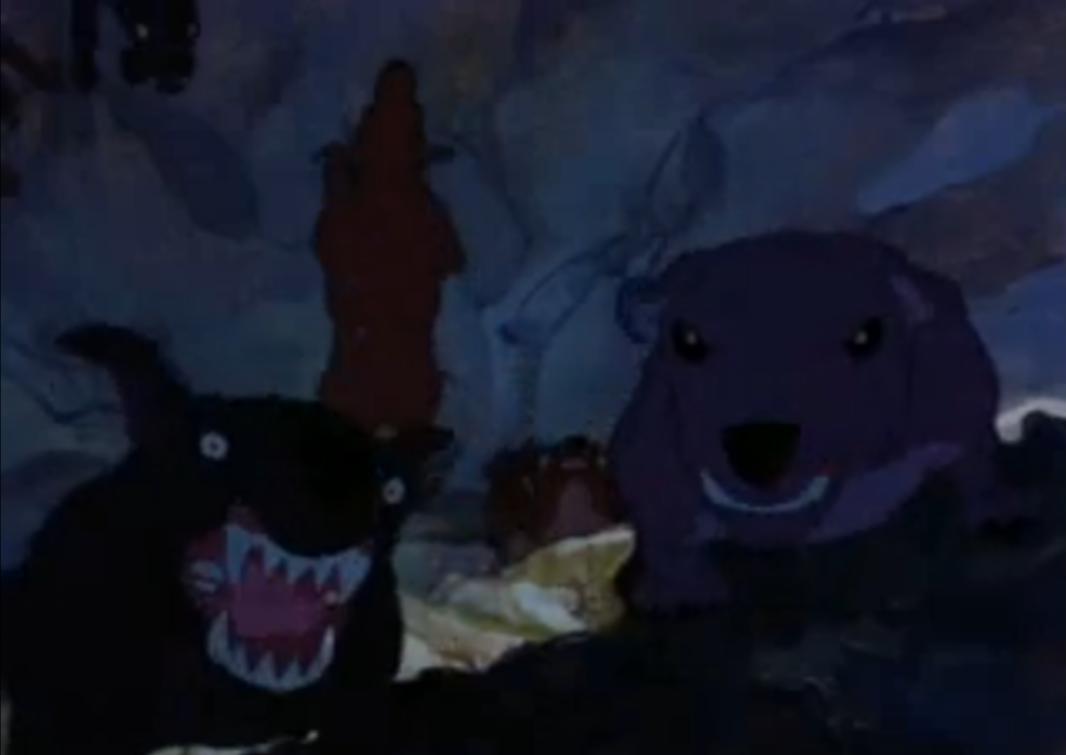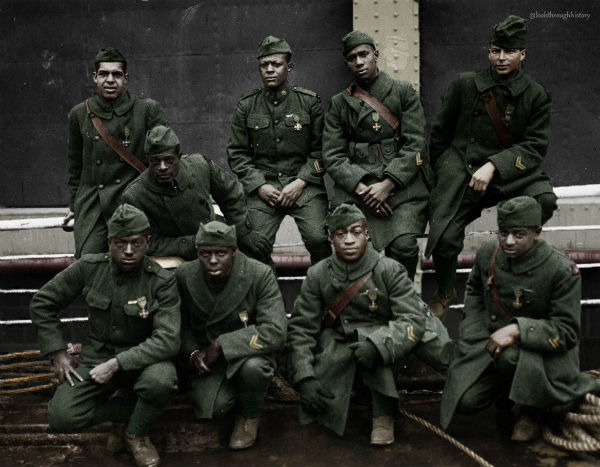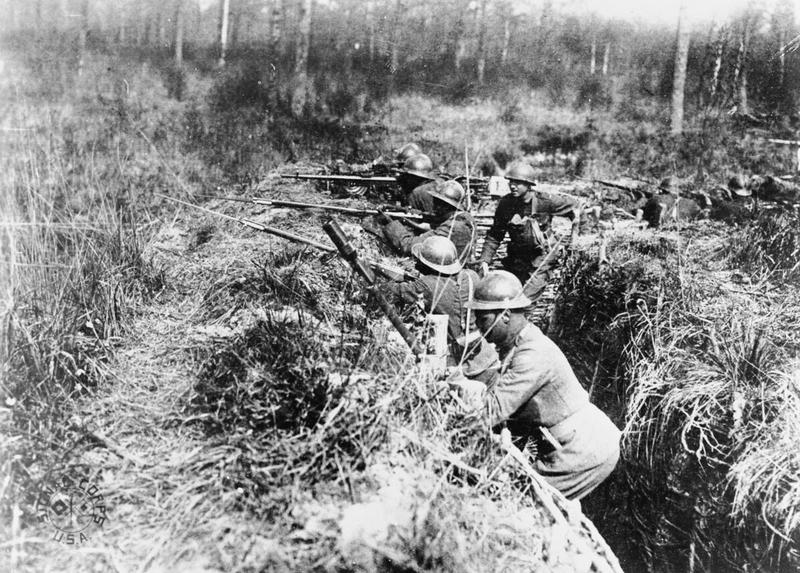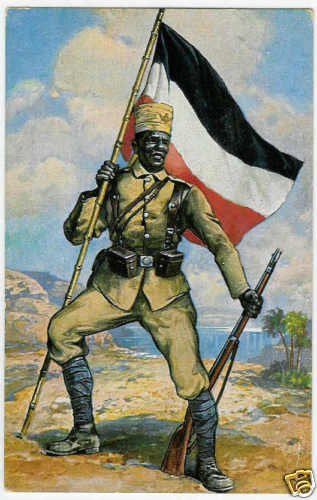

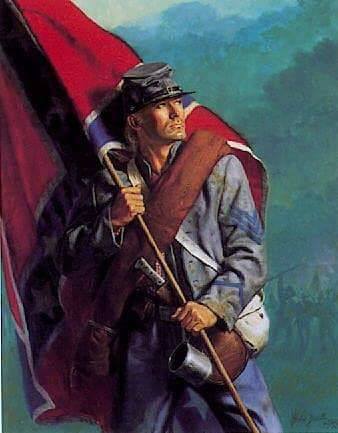
Johnny Reb
Yeah, Johnny Reb is undeniably symbolic of the typical Confederate soldier. I would imagine that after the War of Secession however the name "Johnny Reb" might carry with it a certain derogatory tone to it, with US soldiers still referring to Confederate soldiers and "Johnnies".
However, for the South, I think the image of the typical Confederate soldier would lend itself immensely to a male personification of the Confederacy in general, but the Army in particular. The look of a Confederate soldier would remain the same, but perhaps the "Reb" would be dropped in later years... or kept out of pride or something.
Johnny could very well be a personification opposite or akin to Uncle Sam in the United States in TL-191. "Uncle Johnny", "Cousin Johnny", "Sergeant Johnny", "Mister Johnny", "Private Johnny", whatever you want it to be.



